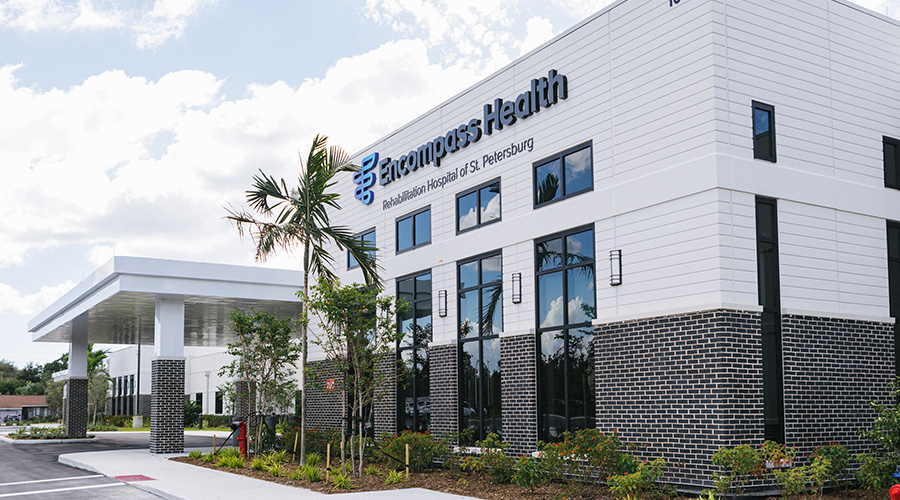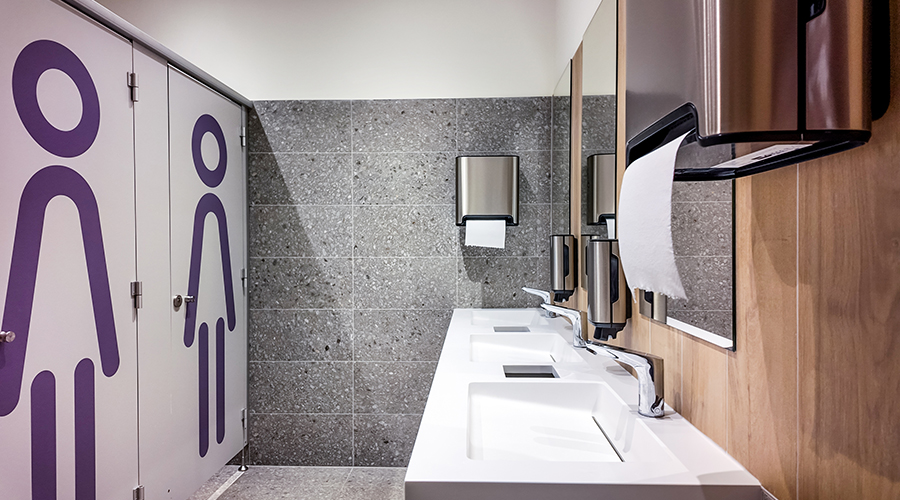The need to elevate and monitor overall building performance, especially water and energy usage, are major priorities with Leadership in Energy & Environmental Design version 4 (LEED v4), which was launched by the U.S. Green Building Council (USGBC) at its annual conference and expo recently as the latest installment of the building certification program, according to an article on the Health Facilities Management website.
"LEED v4 is poised to raise the bar on performance and has the potential to reduce CO2 emissions more than any other versions of the LEED rating systems," USGBC officials said in the article.
LEED v4 key objectives include:
• Placing a renewed importance on integrative processes and the benefits of early design analyses and project team collaboration.
• Requiring building level water and energy metering to understand and manage performance.
• Increasing the emphasis on energy and the associated impacts by allocating about 20 percent of all points to energy-efficiency.
• Encouraging enhanced building commissioning for greater energy and operational performance.
• Supporting a life-cycle approach to product and material specification through a revised and strengthened materials and resources credit category. This provides an incentive to building product manufacturers to provide full transparency on what's used in materials and their life-cycle impacts.
USGBC is taking a phased approach to LEED v4. Rather than requiring all new projects to be built to LEED v4 guidelines right away, USGBC is giving the marketplace time to become familiar with the concepts and theories on which it is based. Project teams can register their projects under LEED 2009 until June 1, 2015.
Read the article.

 A 'Superbug' Is on the Rise in Hospitals
A 'Superbug' Is on the Rise in Hospitals The Next Generation of Security Tech in Healthcare Facilities
The Next Generation of Security Tech in Healthcare Facilities Encompass Health Rehabilitation Hospital of St. Petersburg Opens
Encompass Health Rehabilitation Hospital of St. Petersburg Opens Why More Facilities are Adding Gender Neutral Restrooms
Why More Facilities are Adding Gender Neutral Restrooms Massachusetts Hospital Cyberattack Reflects Growing Vulnerability in Healthcare Systems
Massachusetts Hospital Cyberattack Reflects Growing Vulnerability in Healthcare Systems